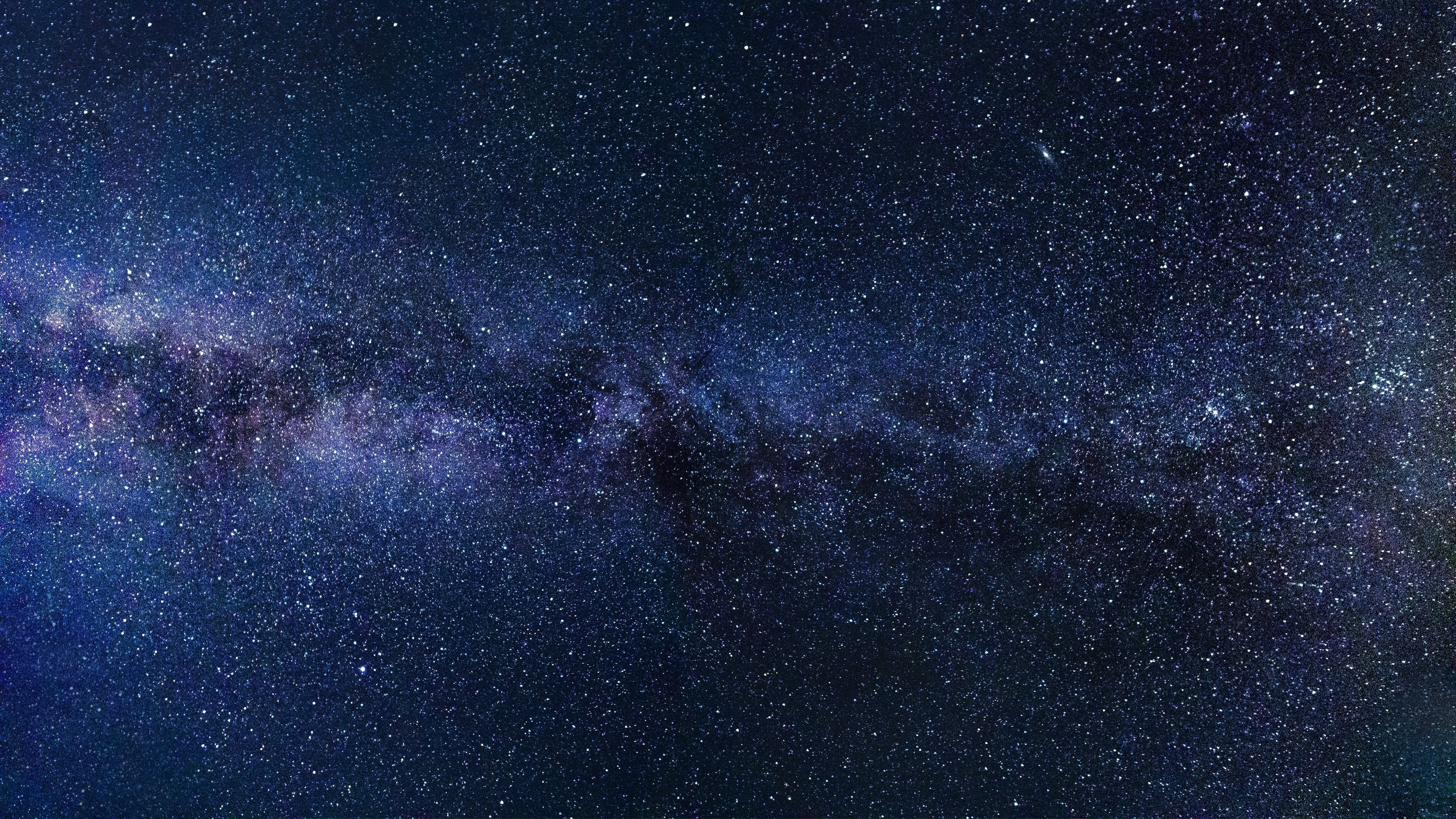AI in Space: The Use of AI for Finding Exoplanets
The great beyond. The final frontier. These are both names for the infinite void that exists outside our cozy little rock. For thousands of years, people have been staring up into the stars, wondering what was out there, and trying to understand what it was. With telescopes, people could zoom in on anything in the sky, to a certain degree. We then sent those telescopes to space and aimed them at whatever we liked.
What are exoplanets?
In recent times, astronomers have truly begun discovering and analyzing celestial bodies. Some of the more notable types include exoplanets, unusual stars, and other incredible galactic phenomena. Astronomers would spend many hours studying and analyzing these anomalies to verify what they are. Exoplanets are one key area of focus for astronomers. They can tell us if habitable environments exist outside of the Earth.
How can you use AI in space to find exoplanets?
AI is the thing to help us in our endeavors in space. Thousands of potential exoplanets are awaiting confirmation from astronomers, all of which could be classified in minutes using a well-calibrated machine learning model. Why use AI? AI is skilled at finding patterns. What we need is quick exoplanet discovery, after which astronomers can determine the habitability of the planet. Thus, astronomers will save countless hours and bring themselves closer to discovering life.
Exoplanet Discovery
Our planet is the only host of life known to us. Humanity has found little success in searching for life inside our solar system, so we started looking elsewhere. Exo-Solar Planets, commonly known as exoplanets, are astronomers' main focus when searching for life. They spend countless hours studying readings from stars. But what exactly are they analyzing?
The Planets in our system are all visible by telescope. At the right time, you can see them shine in the night. Exoplanets are a different story. Rarely any of them have ever been discovered through vision since they are just too far away.
Identifying Exoplanets
There are multiple ways to identify planets far away. Those methods, in decreasing order of usage, are as follows: Transit (3428 planets discovered), Radial Velocity (880), Gravitational Microlensing (118), Direct Imaging (54), Astrometry (1).
The Transit Method
The Transit Method is the most successful method by a massive margin. It uses the concept of transit photometry. When a celestial body passes in front of a star, the light level drops. If these dips in light are periodic, we know there is a celestial body orbiting the star. AI can detect these patterns effectively and identify the exoplanets with near-perfect accuracy.
The Radial Velocity Method
The Radial Velocity method is one of the more intriguing methods for exoplanet discovery. It works thanks to the Doppler Shift. As a planet orbits a star, the star wobbles. This wobble is caused by the force of gravity that the planet is exerting on the star. The light emitted from the star when it's wobbling closer to us will be of a higher frequency because the star is moving towards us. The light will be at a lower frequency. We can measure these changes with good precision. Another good use for AI.
AI in space doesn't have a use in all the methods, though. Direct imaging is easy enough to see without the need for a trained AI. It is rare for a planet to be close enough for it to be visible, making a trained model unreasonable.
The Future of AI in Astronomy
AI in space is the path to the future. It can accelerate our progress into space and bring us closer to possible life. The more we find a use for AI, the more creative work we can dedicate to experienced scientists.

